Sound Sensors Buying Guide: 2022
A sound sensor is a device that detects sound in its surroundings by converting them into electrical signals. Similar to human ears, when a change in sound occurs, it vibrates a diaphragm present inside the sensor module. The vibration of the diaphragm causes a change in its capacitance value, this change is amplified and converted into electrical signals.
Sound sensors can be found in various smart edge devices and appliances. They are used in audio amplifiers, smart speakers like Google Home and Alexa and smart TVs, etc. For an industrial setup, they are used to measure sound levels at different locations in order to determine the safety measures required to be taken for a safe working environment. Sound sensors are also often found at airports, traffic junctions, and industrial areas to monitor the decibels and implement measures to keep them under the limits.
Different manufacturers like DFRobot, Seeed Studio, Zio, and Sparkfun make different industrial and non-industrial grade sensor modules. These modules come with different interfaces in order to make prototyping and implementation easy. These sound sensors can be integrated with different commercially available development boards like Arduino, Raspberry Pi, and Beaglebone.
This article lists different sound sensor modules that are based on different sensor system-on-chips. The features, specifications, and applications of these modules have also been discussed in detail.
Recommended reading: SparkFun Micromod Processor Boards (2022 Buyer’s Guide)
Seeed Studio Grove Sound Sensor
 This sound sensor is an easy-to-use high-sensitivity sound sensor based on an electret microphone and an LM368 amplifier. The module comes with a potentiometer to adjust the sensitivity of the microphone. The Seeed Studio sound sensor gives an analog output that can easily be integrated with an Arduino through the analog input pin available on the development board. The hardware platform can be used to build smart home devices like smart lighting, smart key finders, and other home automation devices.
This sound sensor is an easy-to-use high-sensitivity sound sensor based on an electret microphone and an LM368 amplifier. The module comes with a potentiometer to adjust the sensitivity of the microphone. The Seeed Studio sound sensor gives an analog output that can easily be integrated with an Arduino through the analog input pin available on the development board. The hardware platform can be used to build smart home devices like smart lighting, smart key finders, and other home automation devices.
The operating voltage of the module is 3.3V to 5V so it can easily be integrated with Arduino as well as Raspberry Pi devices. The sensor module provides a Grove-compatible interface that gives the flexibility of plug-n-play with several boards without the hassle of soldering pins and hence avoiding errors.
Recommended Reading: Best Seeed Studio Grove Modules, Sensors, and Accessories
Specifications of Seeed Studio Grove sound sensor
- Operating voltage range: 3.3V to 5V
- Operating current: 4mA to 5 mA
- Amplifier gain: 26 dB
- Onboard module: LM368 amplifier IC
- Voltage Gain: 20 to 200 (26dB to 46dB)
- Power Supply Rejection Ratio: 50dB
- Interface: Grove compatible
- Battery: Not included
- Weight: 9 grams
- Dimensions: 24x20x9.8 mm
SparkFun Sound Detector

This SparkFun sound detector is an advanced 3-in-one device that not only provides sound output but also gives out a binary detection of the presence of sound and analog output representing the magnitude of sound waves. The module is easy to use and consumes less power. The 3 outputs are independent of each other so each one can be measured and recorded simultaneously. The envelope pin gives an analog output, which can be used to determine its magnitude by connecting it to the analog input pin of any development board.
The threshold value for binary detection of the presence of sound can be adjusted using a through-hole resistor across the gain and ground terminal. The operating voltage is from 3.3V to 5V, hence the module can be easily integrated with commercially available development boards. The module can be used in more complex applications in industries and commercial establishments.
Recommended Reading: SparkFun Qwiic Sensors Buying Guide: 2022
Specifications of Sparkfun sound detector
- Operating voltage: 3.3V to 5V
- Operating Current: 100uA
- Onboard module: LMV324 IC
- Voltage Gain: 20 to 200 (26dB to 46dB)
- Power supply rejection ratio: 65dB
- Interface: Analog
Zio Qwiic Loudness Sensor

Zio loudness sensor is a robust sound sensor designed for industrial applications that uses an I2C communication protocol making it easy to integrate with existing setups with less amount of wires. The sensor board is compact and hence takes up less space. The analog output of the sensor can be easily measured using any development board to determine the presence and magnitude of sound.
The module makes use of the Qwiic interface developed by SparkFun, which makes it a part of the wide range of actuators, sensors, and development boards in the Qwiic ecosystem. The easy-to-use, plug-and-play, and polarized connectors make prototyping easier and error-free.
Specifications of Zio Qwiic loudness sensor
- Operating voltage: 3.3V to 5V
- Onboard module: ATTINY85-20SMT MCU
- 8-bit Microcontroller
- Maximum Clock Frequency: 20 MHz
- ADC Resolution: 10 bit
- Interface: Qwiic by Sparkfun
- Communication protocol: I2C
DFRobot Gravity Analog Sound Level Meter

This analog sound level meter is a Gravity interface compatible device used to measure decibel levels indoors and outdoors. The built quality and precision in output make the board an ideal choice for industrial applications. The operating voltage varies from 3.3V to 5V making it compatible with Raspberry Pi and Arduino boards.
The wide range of output voltage enables a nearly linear mapping between the output voltage level and the noise level, removing the need for complex algorithms. The precision of measurement and low drift factor makes it one of the best sound sensors on the market. The 3-pin Gravity interface makes prototyping easier and error-free.
Specifications of DFRobot Gravity analog sound level meter
- Operating voltage: 3.3V to 5V
- Measuring Range: 30dBA to 130dBA
- Output voltage range: 0.6V to 2.6V
- Frequency Response: 31.5Hz to 8.5KHz
- Interface: Gravity by DFRobot
- Dimensions: 60x43 mm
Recommended reading: DFRobot Gravity Sensors Buying Guide: 2022
DFRobot Gravity Analog Sound Sensor

The Gravity analog sound sensor is a break-out board used to detect the presence of sound and its magnitude. The module can be used to build simple “clap and buzz” type projects. The sensor can also be integrated with sound level meters to expand its range. This Arduino-compatible sound sensor comes with the DFRobot Gravity interface for easy prototyping and a faster time to market. The hardware is claimed to be best suited for the DFRobot Audio analyzer module.
Specifications of DFRobot Gravity analog sound sensor
- Type: Swift sound intensity detection
- Supply voltage: 3.3V to 5V
- Operating current: 4mA to 5 mA
- Onboard module: LM368 amplifier IC
- Voltage Gain: 20 to 200 (26dB to 46dB)
- Power Supply Rejection Ratio: 50dB
- Interface: Gravity by DFRobot
- Dimensions: 22x32 mm
Recommended reading: Temperature Sensor Modules (2022 Buyer's Guide)
Final thoughts on sound sensors
There are various sound level measurement boards as well as sound sensor breakout boards that are commercially available. These sensors vary in the communication protocol and interface used. By carefully analyzing each module we can select the right module for our application. With the use of sensors increasing day by day for automation purposes, manufacturers are trying to build more robust and precise solutions that are easy to integrate and operate. There are more sound sensors that can be interfaced with Arduino and Raspberry Pi hardware, but these are some of our top 5 suggestions that are readily available for purchase on the Electromaker e-commerce store.
Your turn: Have you got any experience with sound sensors? Let us know which one is your favorite in the comments section below!






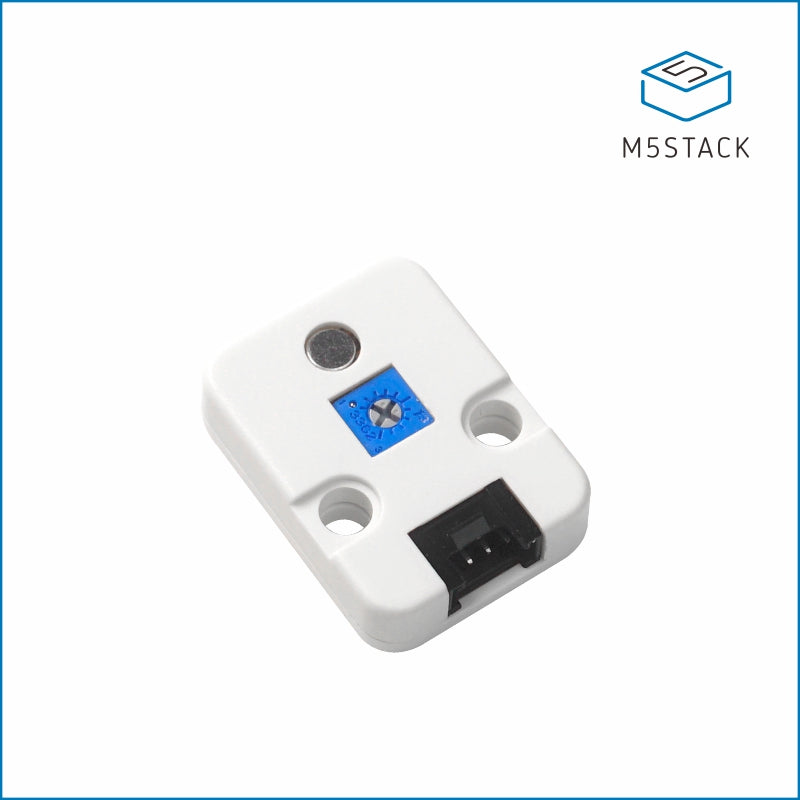
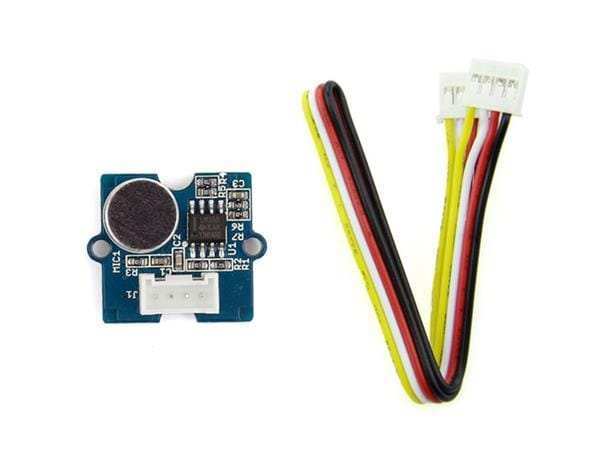
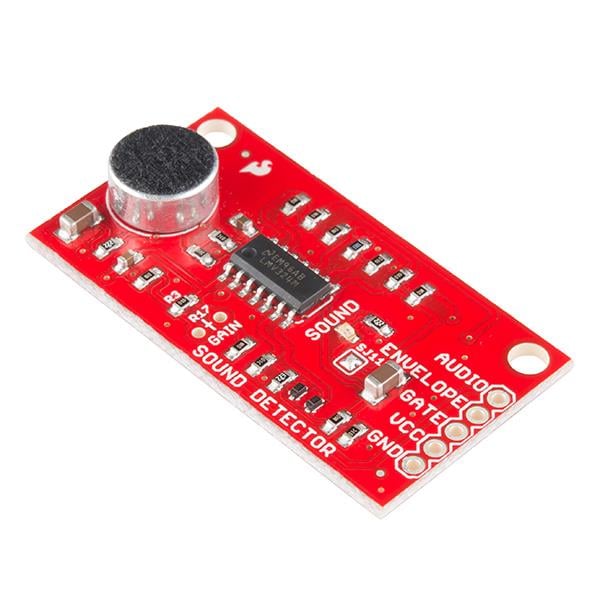







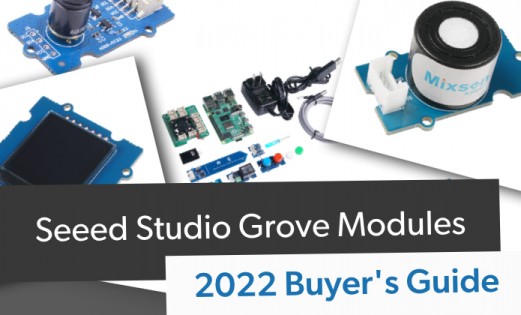
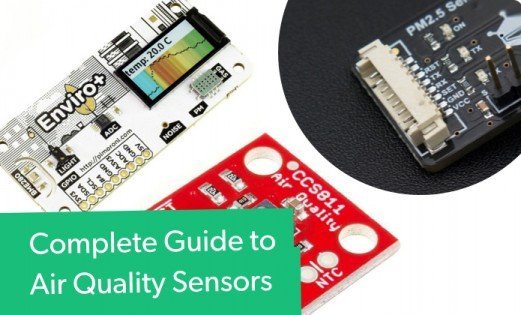
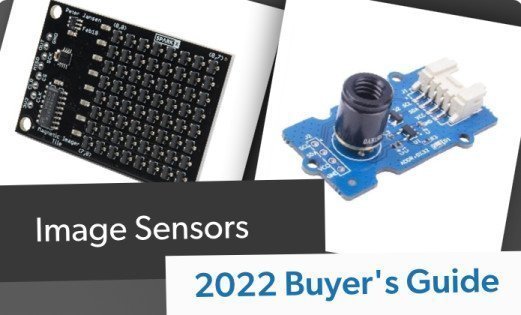

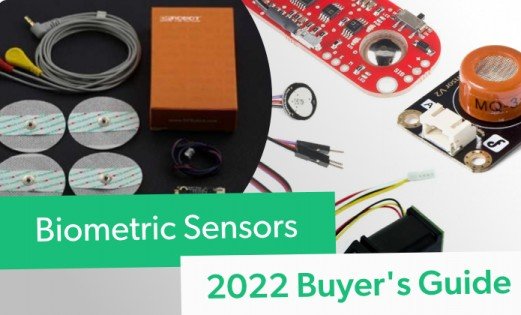
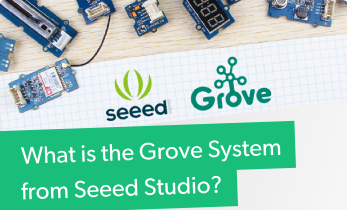
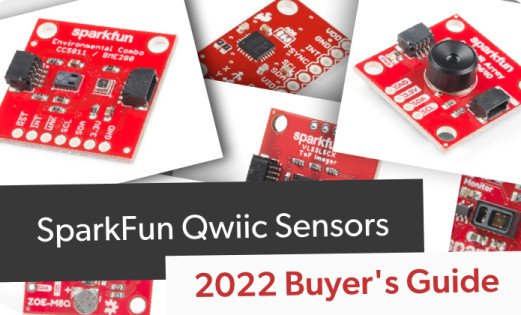
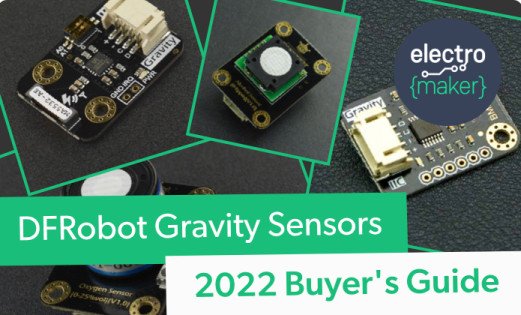
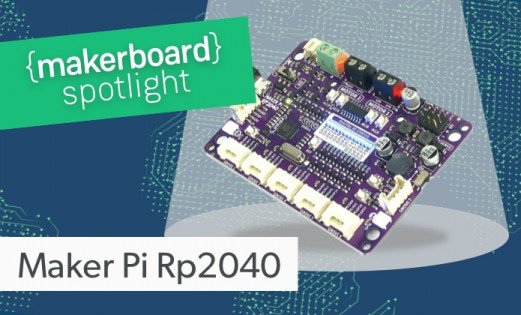
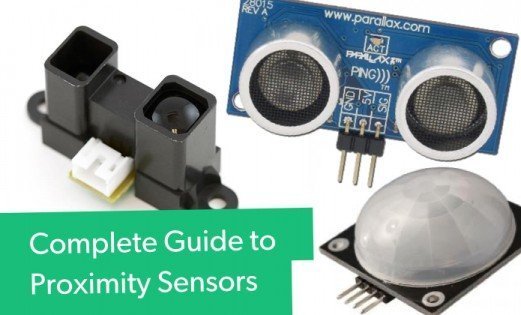
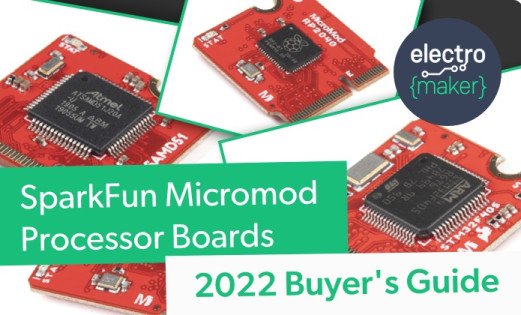
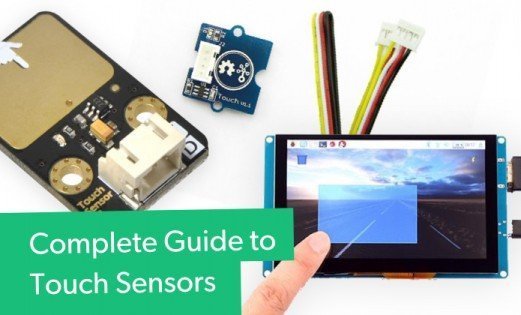
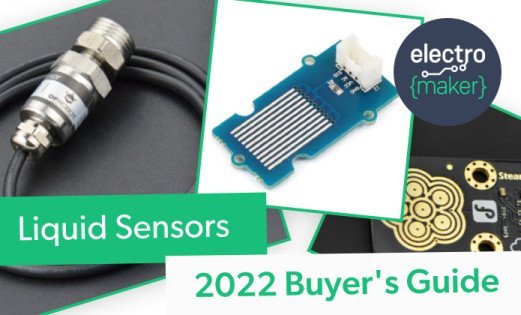
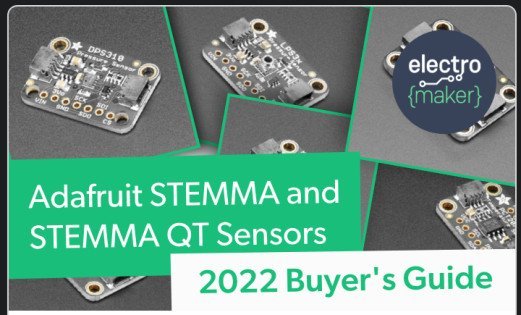
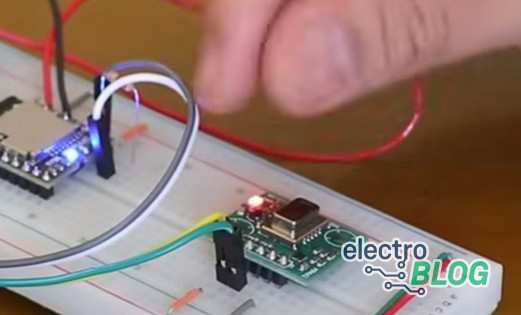

Leave your feedback...